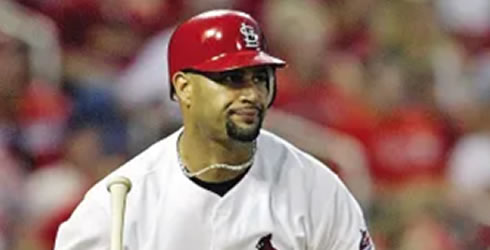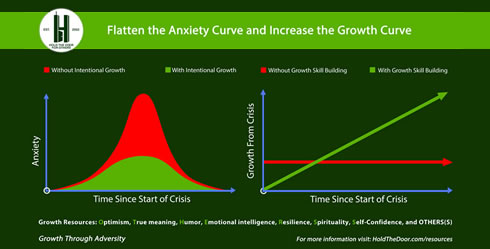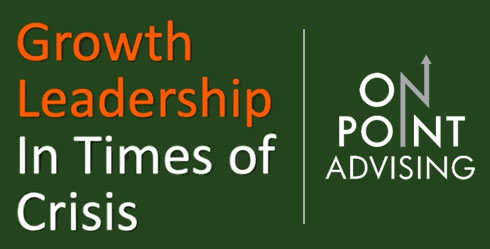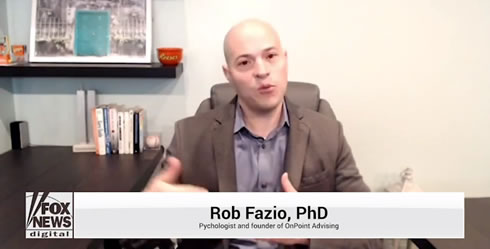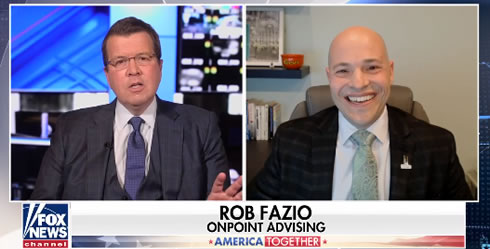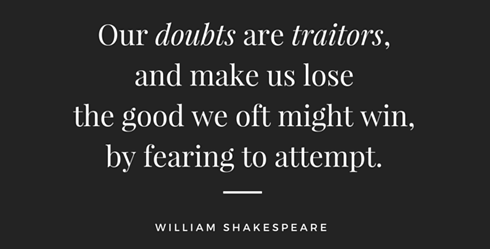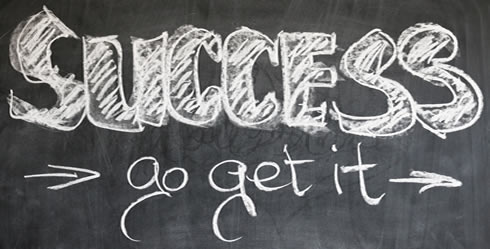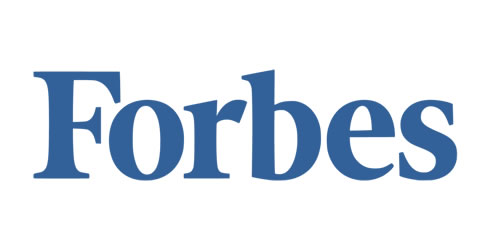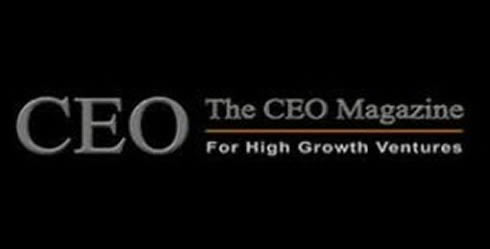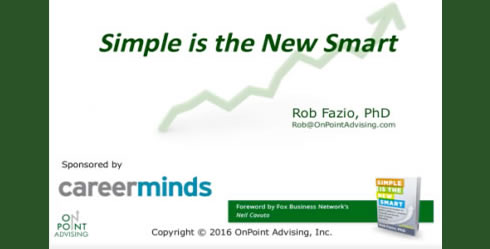Over the last 25 years in the fields of sport psychology and leadership psychology I have beaten the intrinsic motivation drum. Yes, it’s true internal drive matters, but so does external reinforcement. Can both be true?
In 2019, Nick Foles was riding high. Fresh off a Super Bowl MVP performance, he signed a $102 million contract with the Jacksonville Jaguars. Expectations were sky-high. But the season quickly went in the opposite direction. Injuries, uneven performance, and a lack of momentum led to a fast exit.
This is the Contract Year Effect in action. In sports, it happens when players hit peak performance during the season before a new deal, only to see their production drop once the ink dries. It’s not just an athlete’s story. It’s a leadership lesson.
In baseball, Albert Pujols and Alex Rodriguez both delivered standout seasons in contract years, then struggled to sustain that pace. We see it in the NBA when stars like Damian Lillard light up the scoreboard before a contract, only to dip after the deal is signed. The pattern is clear: external incentives can ignite extraordinary short-term results, but the spark fades if nothing deeper sustains it.
The same dynamic plays out in business. A sales team crushes its quota in the run up to a big bonus. A leader works around the clock to secure a promotion. A project team hits every milestone to win an award. Once the goal is achieved, urgency drops, and performance levels off.
The lesson is not that extrinsic motivation is bad. It’s that leaders must be strategic with it. Rewards like promotions, recognition, and bonuses can trigger intense effort when stakes are high. But to prevent the post reward drop, leaders need to connect those moments to something more enduring. That means knowing what drives each person and frameworks like Motivational Currency make it clear. Some people are fueled by Performance and results, others by People and relationships, some by Power and influence, and others by Purpose and meaning. When you know the motivator, you can align external rewards with the deeper drivers and language that keep performance high long after the “contract year” moment has passed.
The real challenge is turning the spike into a slope, transforming a burst of urgency into steady progress. Athletes like Francisco Lindor and George Kittle, who perform consistently year after year, show that it’s possible when the right culture and mindset are in place.
Extrinsic rewards can spark remarkable performance. Leadership sustains it. If you want teams that not only hit big targets but keep climbing after they do, the answer is simple: use rewards to light the fire, then lead in a way that keeps it burning.


